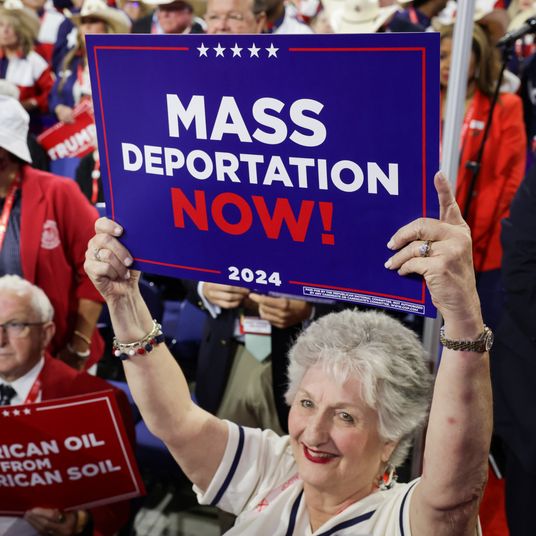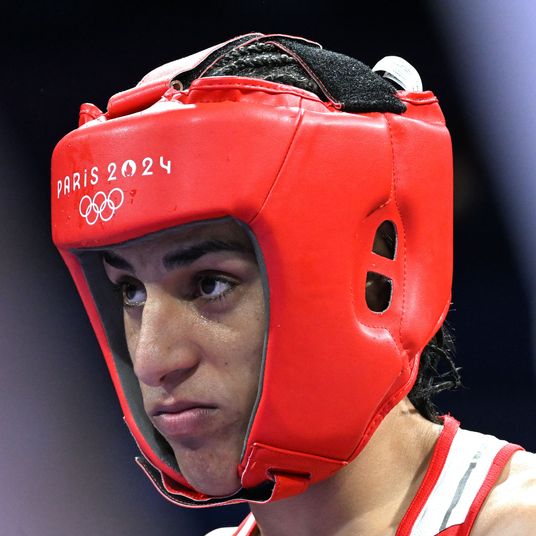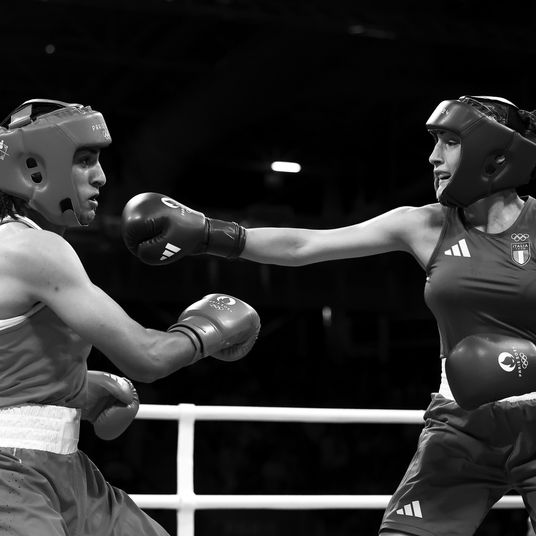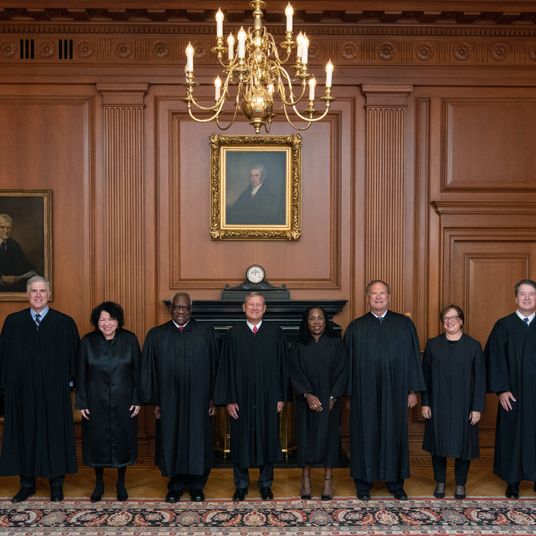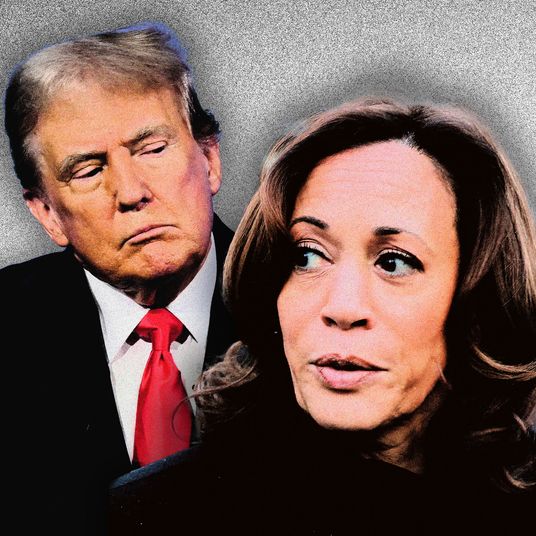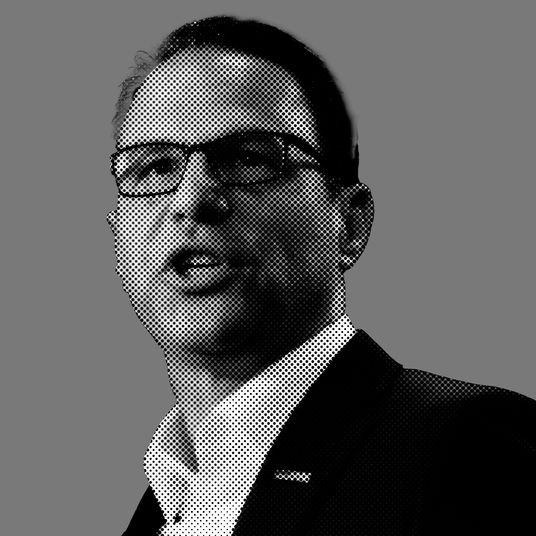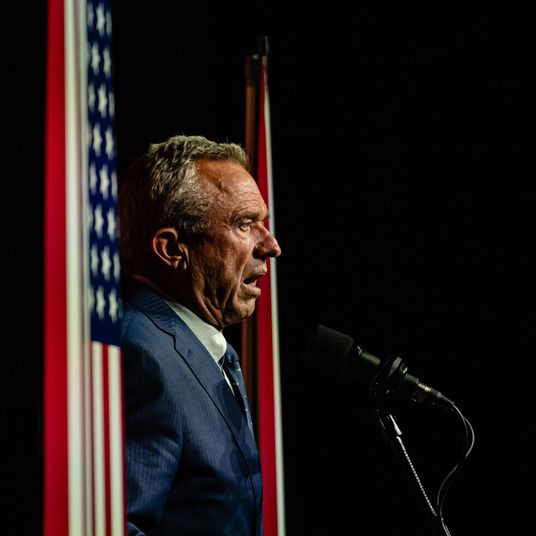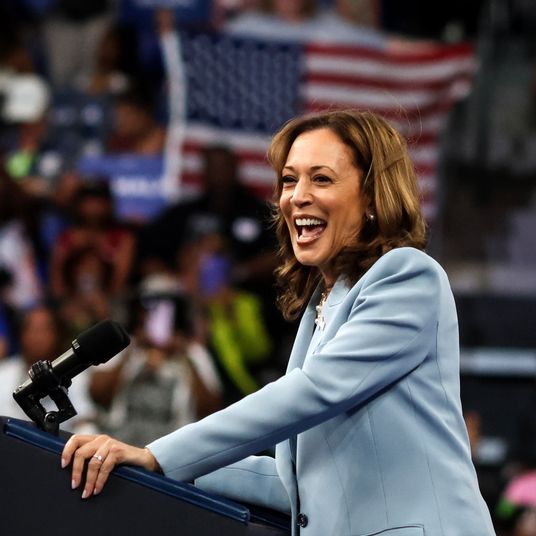
This is a season of envy for American cities, as Tokyo subways fill, Berlin museums reopen, and Aucklanders get together for weddings again. One image from Paris has inspired a particular wistfulness: The rue de Rivoli, until a few months ago a perpetual traffic jam with a scent of diesel and a soundtrack of frustrated honks, is now a whispering conduit for pedestrians and bicycles. The street, which cuts through Paris’s expensive core from the Marais to Place de la Concorde, is the emblem of the future metropolis, what newly reelected Mayor Anne Hidalgo describes as the “15-minute city.” In her vision, no Parisian should need to travel more than a quarter of an hour, on foot or by bike, to work, shop, or deal with a government agency. Part of the plan involves prying streets away from cars, and the other involves seeding neighborhoods with options so fewer people will feel the need to drive.
Hidalgo’s guru, the Colombian-born, Paris-based professor and urbanist Carlos Moreno, developed the concept of the 15-minute city as the key to a green and pleasant urban life, guided by data, aided by technology, and implemented by beneficent officials. Among Moreno’s gnomic pronouncements is “The mobility of the future is immobility”: Instead of letting hours leach away in traffic crawling between leafy residential neighborhoods and high-rise business districts, thus depleting resources and enveloping streets in carbon monoxide, the virtuous city will fragment into a collection of villages that entices residents to stay put. Ideally, every richesse of urban living, including your job, can be compressed into an area the size of a hamlet.
Moreno has a more radical realignment in mind than simply scattering every arrondissement with pharmacies and municipal field offices. For decades, feverish road-building programs all over the world gratified the desire to get into, out of, and around the center city quickly, at any time. Urban highways severed neighborhoods, evicted thousands, and left a legacy of pollution that disproportionately sickens residents of color. Hidalgo and Moreno’s crusade would flip that model, hastening the advent of the post-automobile city.
The idea of the 15-minute city is made for export; in theory, at least, it could transform highly centralized cities all over the world. But, like most concepts that lend themselves to a catchphrase, it glosses over complexity, combining the seductive with the counterproductive. Adopting the mantra could, paradoxically, attack inequities and increase them at the same time. New York remains scandalously segregated in housing, schools, and economic opportunities. Yet we mix on the street, in the subways, and at work, concentrating in the places where, sooner or later, almost everyone has to go. When the city’s conduits seize up, as they have in the past few months, divisions deepen and society fragments.
The desire for self-sufficient neighborhoods aligns perversely with the fashion for mixed-use, developer-branded enclaves where residents need never journey more than a quick, 60-story elevator ride and a few horizontal steps from bed to conference room, then on to a bar, dinner, a show, and back to bed. Moreno has a democratic, egalitarian quilt of neighborhoods in mind, but translate that aspiration into real-world, big-budget development and you may get Hudson Yards, the ultimate 15-minute — no, make that five-minute — city. Or it would be, except that now its offices are largely dormant, its shopping center shut, and its attractions dark, putting its entire business model at risk.
New York has long toggled between its status as a global magnet, powered by midtown and downtown Manhattan and its identity as a cluster of self-contained villages distinguished by race, demographics, and real-estate prices. The city depends on centralization. Its economy leans heavily on the financial sector and tourism, both of which draw millions to the belly of Manhattan. That’s why the de Blasio administration oversaw a rezoning of Midtown East as a way to spur construction of ever taller, bulkier, newer office towers to compete with the business districts of London and Hong Kong. But the pandemic has battered that model. The scourge threatens to turn Skyscraper National Park into a high-rise ghost town. A scarcity of commuters has brought the MTA to the brink of fiscal meltdown, which could make the 2017 “Summer of Hell” look like a mild sunburn. If fewer people have places to go, it gets more difficult to go anywhere.
During these past months, we’ve all begun to notice our neighborhoods’ quirks and foibles: the variety of languages that remains even when the foreign tourists are gone; which sidewalks are too narrow for a restaurant table plus a wheelchair; the klatches that occupy the choice public benches; the guy who wanders around blasting cumbia numbers from his amplifier on wheels. Moreno’s vision celebrates this kind of localism and ensures that the basic ingredients of urban life are close at hand for everyone.
I live on the Upper West Side, the kind of neighborhood that Moreno might want to replicate all over the city. Within a few blocks from my apartment, I can get my shoes resoled, mail a package, pick up a prescription, board the subway, see a doctor, borrow a library book, play tennis (if I played tennis), vote, drink from a public fountain, take a walk in a park, withdraw cash, work out, and buy rice or a ladder. A quick walk takes me past public-housing projects and single-family townhouses. A slightly longer one takes me to universities, religious centers, and auditoriums. For years, I accompanied my son to his pre-, elementary, and middle schools on foot. If a blaze breaks out in my Zip Code, fire trucks are seconds away. I find it useful to compile that list, not just in the spirit of a real-estate listing but because it represents the range of resources that every neighborhood should be able to offer and many clearly don’t.
Many New Yorkers already live in well-served insularity. Flying over the five boroughs with the help of Google Maps, I alighted at more or less random corners in Melrose, Parkchester, Gravesend, Brownsville, Ridgewood, Flushing, East Harlem, and New Dorp and usually found myself within a 20-minute walk of a shoe repair, a post office, a school, a library, and a supermarket, though some of those excursions might take you down shaded blocks and others mean fording a multilane artery. (And it’s one thing to go a mile to return a book, quite another to cover the same distance with the week’s groceries.) The transportation department has been surveying sidewalk ramps all over the city, upgrading them as they go. Last fall, Citi Bike expanded its reach into Bushwick and Ridgewood, and this spring it finally came to the Bronx. On a smaller scale, the Van Alen Institute and the Urban Design Forum have been acting as matchmakers between COVID-19-ravaged neighborhoods and design teams to work out ways to open businesses, parks, streets, and vacant lots. Years of effort, both local and citywide, have tried to chip away at New York’s physical inequities and counterbalance the real-estate market.
But it’s a multigenerational task. In many neighborhoods, community facilities are meager or subpar. What looks like a park on a map turns out to be a patch of wavy asphalt surrounded by a chain-link fence. The nearest large cluster of workplaces may be a 90-minute bus-and-subway odyssey away. The health-care gulf between rich and poor neighborhoods long predated the pandemic. “If you live in East New York, Brooklyn, and wake up with a fever, chances are, you have to get on the subway to go see a primary-care doctor, or go wait for hours at the nearest hospital emergency room,” Mayor Bill de Blasio acknowledged in 2015. (The occasion for that remark was the announcement of Caring Neighborhoods, a program to build eight new primary-care centers in underserved areas.) During the pandemic, spotty internet access has effectively kept children out of school. For disabled New Yorkers in many areas, leaving home means navigating a wilderness of blocked sidewalks and a scattering of accessible subway stations with unreliable elevators.
So how does a city facing dire budgets expand public services? The developer Jed Walentas suggests that private builders should pay for them in exchange for the leeway to build an extra dollop of square footage. That trade, which now applies only to projects that go through a public-review process, would become a citywide option. “Every new building more than X square feet would have a school or a library or a senior center or a health clinic or a police station or … — you get the point — on the second floor,” he writes. “And it would be free! Free to the taxpayer … The only cost would be that every new building would be two, three stories taller. In many of our neighborhoods, nobody would ever know the difference.”
Codifying that exchange would weaken the forces of NIMBY, since opposing a new building would also mean resisting an essential service. And it would free up city money to build and maintain facilities in neighborhoods where real-estate developers ignore. But the arrangement also has major downsides. It might concentrate public services in the city’s more effervescent real-estate markets, reinforcing inequities rather than healing them. Gentrifiers already bring more amenities, which in turn bring more gentrifiers. And the change in zoning could also give developers too much control over how and where to meet a neighborhood’s least profitable needs.
Different parts of the city have different needs. Unlike Paris, New York grows less dense and more car-dependent as it spreads, from the thick sheaves of skyscrapers in Manhattan and downtown Brooklyn to quasi-suburban blocks at the city’s edge. The transportation network thins the farther you get from Times Square. That’s why the rue de Rivoli–style bike-and-pedestrian makeover of a Manhattan that captured the imagination of opinion makers at the Times and intimates a new, more moveable New York also reads as a strike against outer-borough drivers. Bridge tolls, bike lanes, and affordable housing, which seem so self-evidently excellent on paper, get thorny at the level of neighborhood politics. Consequently, even strong ideas for overhauling mobility — adding pedestrian and bike capacity to the Brooklyn Bridge, for instance — languish in a purgatory of perpetual studies.
The real insight of the 15-minute city is not just that everyone should live within walking distance of a library or a park (though that’s a noble goal) but that New York needs to think simultaneously on the scale of the region and the block. This means discarding encrusted assumptions: The zoning code, for example, chops the city into areas suitable for residential, industrial, and commercial uses, as if we still needed to keep tanneries and pig farms separated from homes. If there’s one lesson to be learned from the pandemic, it’s the benefits of flexibility. In a matter of months, we’ve converted parking spaces into cafés, restaurants into food pantries, closets into broadcast centers, parks into hospitals, hotels into homeless shelters, porches into concert stages, and laptops into schools. Surely, in the coming years, we can figure out how to recycle empty storefronts for needs we didn’t know we had. The idea of the 15-minute city, fortified by recent experience, suggests that the metropolis is not a rigid machine but a text we can rewrite when we need to.
*A version of this article appears in the July 20, 2020, issue of New York Magazine. Subscribe Now!






